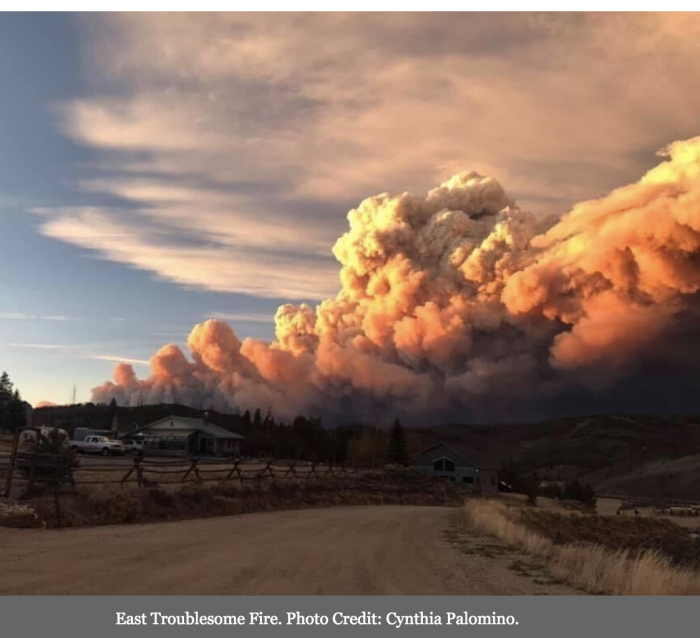It was an autumn day.
I was 12 or 13. My cousins, along with my aunt and uncle, were coming over for thanksgiving dinner.
My mom cooked her mother’s oyster stuffing, because it was tradition. No one ever ate it. We’d all pass the dish around the table and take a small spoonful and leave it on our plate, untouched. My mom would cry at the end of the meal because no one ate the stuffing, and she missed her mother. My aunt brought chocolate pie. My sister made pumpkin pie, and I mashed the potatoes.
There was a bit of social tension during those meals. We were different families with our own ways. Once a year though, our small family joined around the table and counted our blessings.
I have my own family now and my own ways. As I reflect on autumn one year ago, my house was full of my beloved, and the messy pain from my divorce was less. I was moving forward, celebrating the season of transition, and looking forward to a future filled with light.
Last year, as the moon rose, we read Edgar Allen Poe after dinner and watched horror movies on Netflix. We reflected on the year with gratitude and thanksgiving. The real kind. The kind of thanks where you drop to your knees and feel the divine right there with you. My hope had its own wings. Gratitude was smug.
This fall is different. As I type, the temperatures have dropped, and the aspen leaves are almost gone. The front range is also on fire—again. Folks have evacuated and are on standby to leave. The smoke is thick. No rain, daily red flag warnings, the containment number creeps, and fire continues to eat up forest. We watch, and we feel for those on the front lines. Last week, during one of my online learning workshops, a grown man named Aldo broke down in tears and looked away from his camera because the fire was close to him.
A fire, it turns out, can be a metaphor for almost everything.
A political election, perhaps?
Or a country teetering on the brink of terminal polarity.
My own heart—unpredictably—it beats. There is risk, threat, and discomfort. Sometimes I cannot breathe, and I work so hard to keep the flames from burning me alive.
My ex-husband was the sneaky kind of fire. He burned slowly behind closed doors.
The man I thought was going to be my second husband was his own brand of fire. He was a stable source of warmth for years, smoldering underneath—burning hot and breaking things on his way out: my hope, my heart, my trust. It turns out he lied a lot, and then he went away making the lies someone else’s truth.
There is work to be done. Burn. Germinate. Regenerate. Regrow. Repeat.
Fire can make it hard to live here. These mountains are made to burn. I learned about fire as a forestry student in graduate school 25 years ago. I learned about how to use it as a management tool. I learned how to set it. I learned how to put it out. I appreciated its power, grace, and beauty. I understood why it was a necessary part of ecosystem health.
For most folks, fire is a threat.
For some of us, it is a mysterious life force.
In November 2018, The Camp Fire, in the Sierra Nevada foothills of northern California, was one of the deadliest and most destructive wildfires in the United States. Driven by dry northeasterly winds, the fire swept from the Plumas National Forest to the North Fork Feather River drainage down through large areas of homes in the wildland urban interface (WUI).
Within hours, the fast-moving fire destroyed thousands of homes. Unable to evacuate on such short notice, many people were trapped in their cars or homes, and 85 residents lost their lives—the most fatalities in an American wildfire in 100 years.
The authorities investigated the source. What was the root cause?
How can we prevent this kind of catastrophic loss again?
The report reads:
“The initial fire start came from a downed power line on the Plumas National Forest in the North Fork Feather River Canyon near Interstate Highway 70. A utility company employee checking a transmission outage before dawn on November 8 called to report the fire at about 6:30 a.m…15 minutes after the fire was called in, an engine captain from Cal Fire arrived.”
And yet, such devastation.
There is some work to be done—burn, germinate, regenerate, regrow. Repeat.
A fire, it turns out, can be a metaphor for almost everything.
In Mary Oliver’s remarkable poem, “No, I’d Never Been to This Country,” she says this:
“No, I’d never been to this country before. No, I didn’t know where the roads would lead me. No, I didn’t intend to turn back.”
The mountain to the south of me was charred by the North Fork Fire. Lightening. The earth was blackened, and a life was lost.
Pam Houston describes it like this:
“Since then, I have watched fireweed, pencil thin aspens, and, most recently, tiny blue spruce push up through the blackened earth. I have watched the animals repopulate: woodpecker first, then marmot, and mule deer. This fall, those skeletal black forms still stand like totems, the autumnal sunrise colors of the young aspen trees beneath. Backlit by a setting sun and quaking, believe me when I say, it’ll take your breath away.”







Read 7 comments and reply